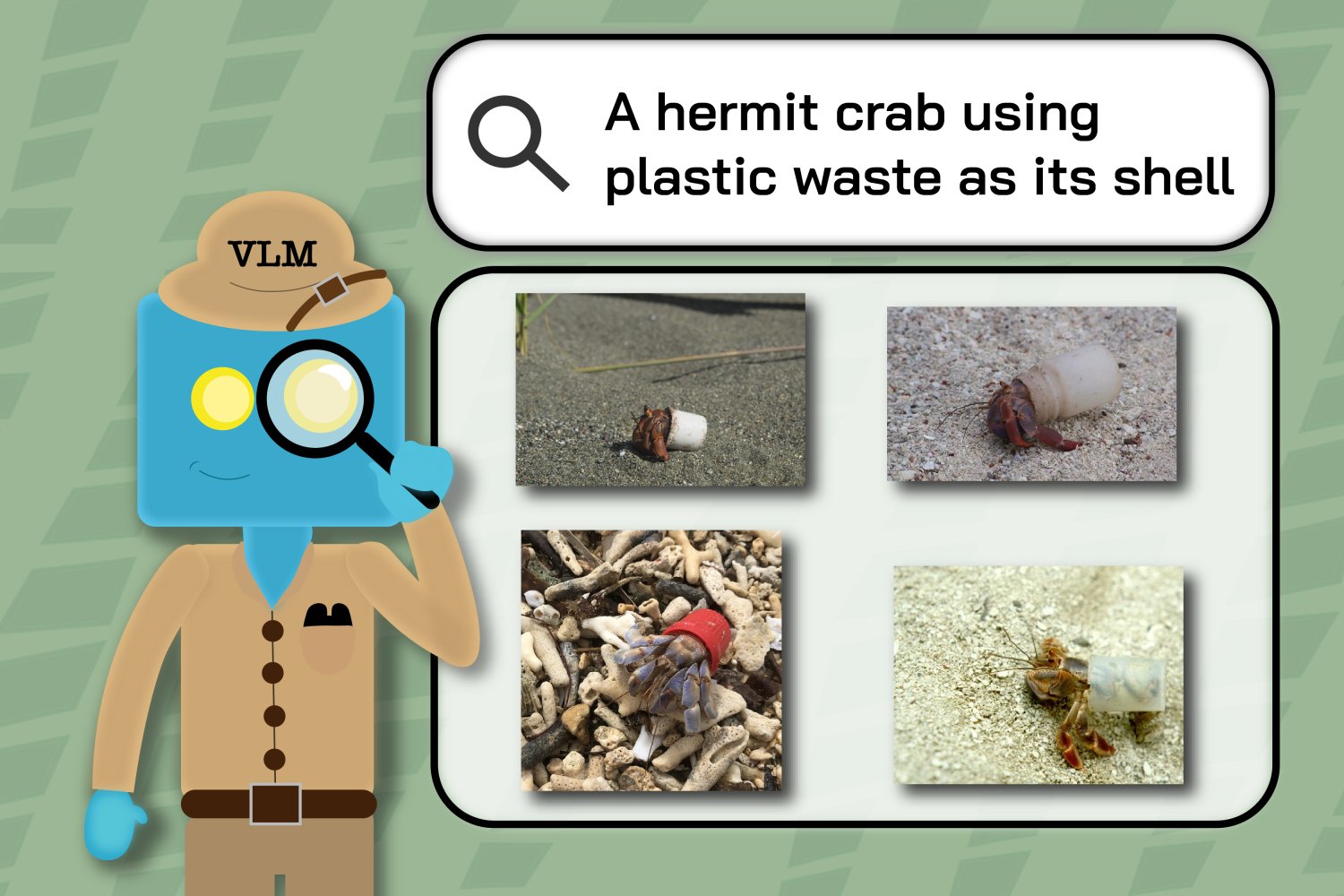Introduction to Web Scraping
The web scraper is a powerful tool that runs entirely in your browser, making it perfect for creating training data for AI models. It works by reading the website’s sitemap.xml file, which is particularly useful for modern platforms like Squarespace and Shopify that automatically generate sitemaps.
How the Scraper Works
The scraper preserves the structure of your content, including headings, paragraphs, lists, and tables, while removing unnecessary elements like navigation menus and footers. It also captures metadata, images, and PDF documents. This means you can easily access and use the content you need without having to sift through unnecessary information.
Technical Details
For those interested in the technical aspects of the scraper, it uses a CORS proxy to access websites. Before using it, you’ll need to:
- Visit the CORS Anywhere Demo in a new tab
- Click the button to temporarily enable the demo server
- Return to the original page and start scraping
The scraper will then:
- Read the website’s sitemap.xml to find all pages
- Process each page while preserving content structure
- Generate a markdown file with all content
- Allow you to preview each page’s content before saving
Conclusion
The web scraper is a useful tool for anyone looking to create training data for AI models. Its ability to preserve content structure and capture metadata, images, and PDF documents makes it a valuable resource. By following the simple steps to enable the CORS proxy, you can start scraping websites and generating markdown files with ease.
FAQs
- Q: What is web scraping?
A: Web scraping is the process of automatically extracting data from websites. - Q: What is a CORS proxy?
A: A CORS proxy is a server that allows web pages to make requests to another domain, bypassing same-origin policy restrictions. - Q: How do I use the web scraper?
A: To use the web scraper, visit the CORS Anywhere Demo, enable the demo server, and then return to the original page to start scraping. - Q: What types of content can the scraper capture?
A: The scraper can capture metadata, images, and PDF documents, in addition to preserving content structure.










